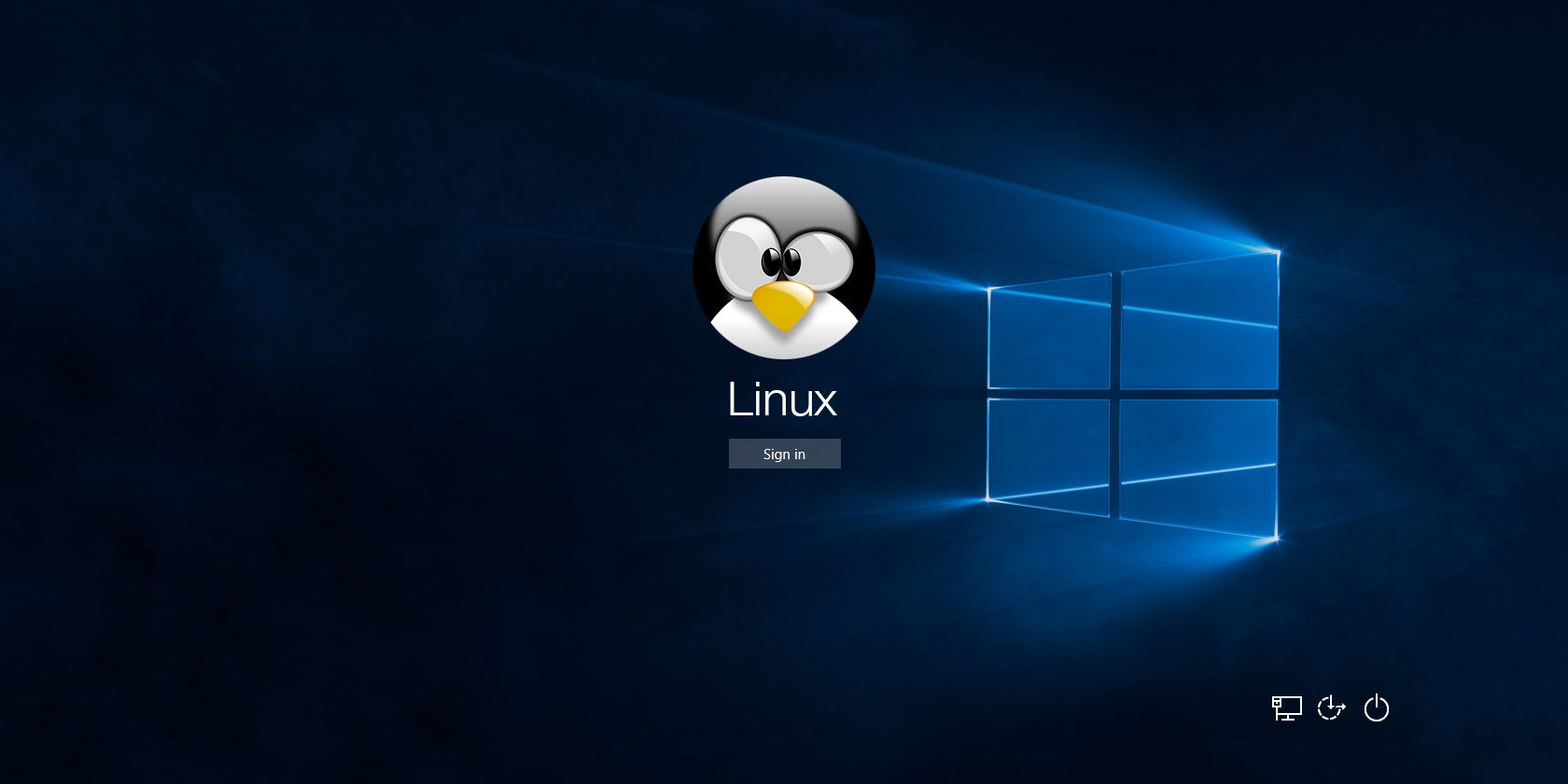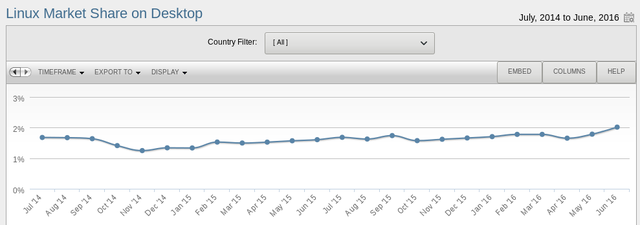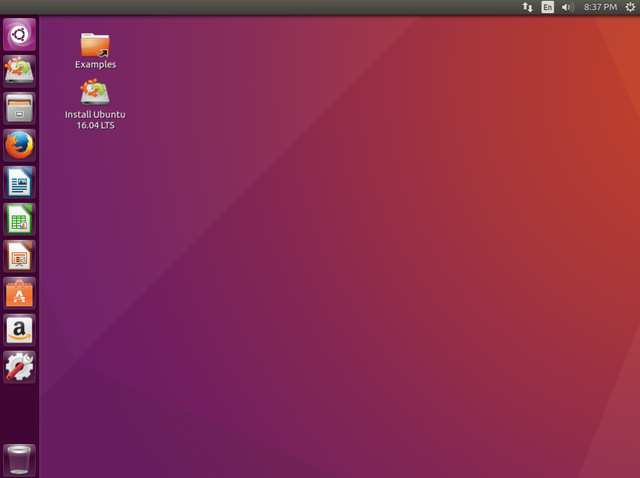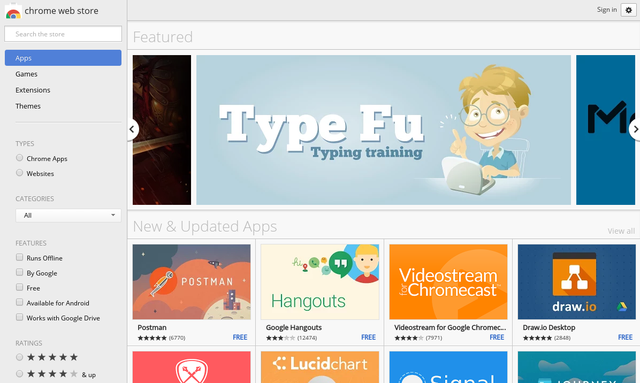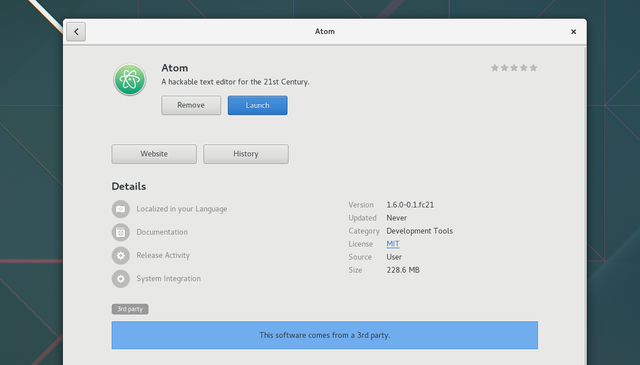According to data analytics company Net Market Share, Linux desktop usage has reached 2%. This is a first time achievement for the open source operating system.
This number does not count Android as Linux. That suggests that more users are flocking to the traditional Linux desktop (or that a lower percentage are using others).
Does this mean Linux has reached a point where it can replace Windows and Mac OS X for the average user?
As a native Windows user who switched to Linux several years ago, I'd say the answer is yes! Let me tell you why.
1. Linux is Easy
There's this misconception that Linux is difficult to use. People assume that it's only for developers, and that people have to use the command line. Not so. Linux is different, but these days you can get by without knowing what a terminal even is.
Most distros come with enough apps to cover the essentials. In some cases, they do a better job than the competition. I find it easier to edit documents, scan files, read PDFs, and edit images out of the box with a Linux computer than Windows. You can do a new or non-technical computer user a favor by starting them off with Linux.
2. The Desktop is Polished
Not just polished. Innovative! Beautiful!! Linux desktop environments have reached a point where they are comparable to their commercial counterparts. Not only that. In some ways, they're more innovative.
Ubuntu has created Unity, which places familiar app icons in a launcher on the side of the screen. Its HUD lets you do most things via keyboard shortcuts. GNOME has spent the past few years turning a traditional desktop into an interface unlike any other. Then there's Elementary OS, whose developers put more emphasis on polish than the Linux desktop usually gets.
3. You Can Do Anything from a Browser
Many of us spend most of our computer time inside a browser. Web apps make it possible to watch video, edit documents, and file your taxes. At this point, millions of people can get by using only a browser. The success of Chromebooks bears this out.
By extension, this increases what you can do from a Linux desktop. Users can now watch Netflix easily. Microsoft Office is available online. Plus there's Google Docs, Pixlr, and all the apps in the Chrome Web Store.
Thanks to the success of the web, it almost doesn't even matter what software is available for Linux, as long as you can get online.
4. More Software is Available
Switching to Linux used to mean giving up the apps you know. While you still have to forego some, the number is steadily shrinking. You can use Google Chrome to browse the web and download games with Steam. Open source applications such as Firefox, Thunderbird, LibreOffice, GIMP, Atom, VLC, and InkScape have grown so popular that you probably already use them on Windows, and all also run on Linux.
New apps are easier to grab. Ubuntu PPAs provide software that isn't available in the Software Center. New formats such as AppImages, Snaps, and Flakpaks let you install an app regardless of your distribution. This makes life easier for users and developers.
5. The Games Are Coming
Gaming is a big reason many Windows users haven't switched to Linux. While the number of games coming out for Windows remains much higher, Linux has come a long way. These days there is plenty to keep a gamer happy.
Much of this is due to the success of the Humble Indie Bundle, which led to many games running natively on Linux. If you enjoy indie games, this is an area where Linux is strong.
Steam has brought more AAA titles to the platform. Linux may not get every major release, but it's snagging enough titles to provide countless hours of entertainment. And that's before we dive into the many ways to play old Windows and DOS games.
The experience isn't what you would get on Windows, but you aren't left with only Tux Kart and countless Quake 3-style shooters either.
6. Linux Is Dependable
Remember Windows 7? It was a solid release that won praise unheard since the days of XP. Then Windows 8 came and provided a radically different experience. Squares were everywhere.
Windows 10 was next in line, and sits somewhere between Windows 7 and 8 in terms of look and feel.
What should we expect from the future? It's anyone's guess.
As for Linux, you can count on the same experience being available years from now. Even when GNOME underwent a major change several years ago, the Mate project was born, keeping the old GNOME feel alive.
Open source applications don't change all that often, so AbiWord today isn't all that different from what it was a decade ago. The same is true of GIMP. New features come, but the workflow remains the same.
Plus the OS can run on the same PC for ages without slowing down. If you want your computer to be a reliable workhorse, Linux is the way to go.
Is Linux Perfect?
Hardly. Many Windows apps from a decade ago can still launch on modern PCs. Meanwhile, Linux software can stop working after an OS update every six months. And it may never even work at all on another distro. Developing for Linux can be a headache, and that's frustrating for users. New package formats may fix this, but for now, that remains a future possibility.
Using Linux requires more research. Since you can't go to the local big box store for support, and your family's other computer whizzes may only know Windows, you may find yourself on your own. Windows is more popular, and while that isn't a fault of Linux, it does have an effect on your overall experience.
But Chromebooks are showing that neither of these issues are dealbreakers. These Linux-powered machines are flying off the shelves and grabbing more of the marketshare. They're showing people that it's okay to try something new. Traditional distros are benefiting from this, and frankly, there has never been a better time to give the Linux desktop a go.
Have you switched to Linux, or are you increasingly tempted? What's stopping you from giving it a go? Tell me about it the comments.

